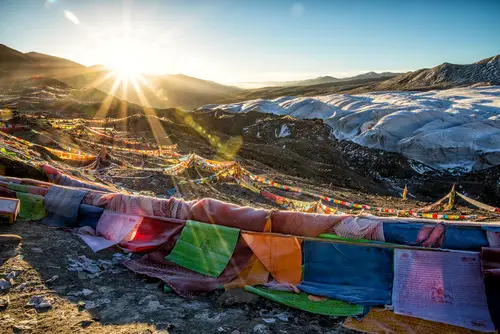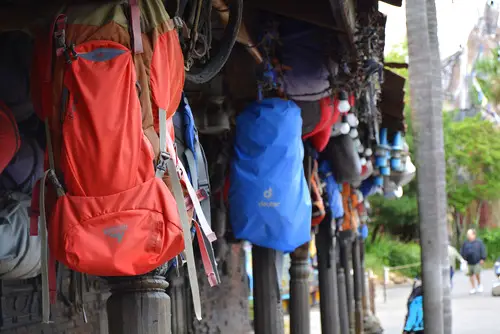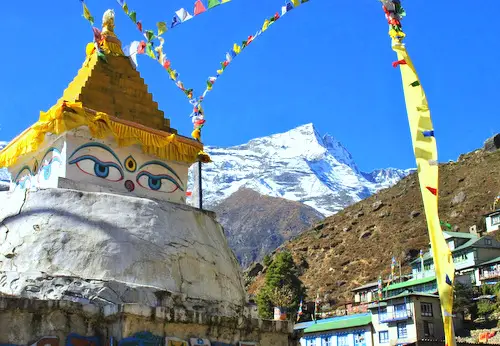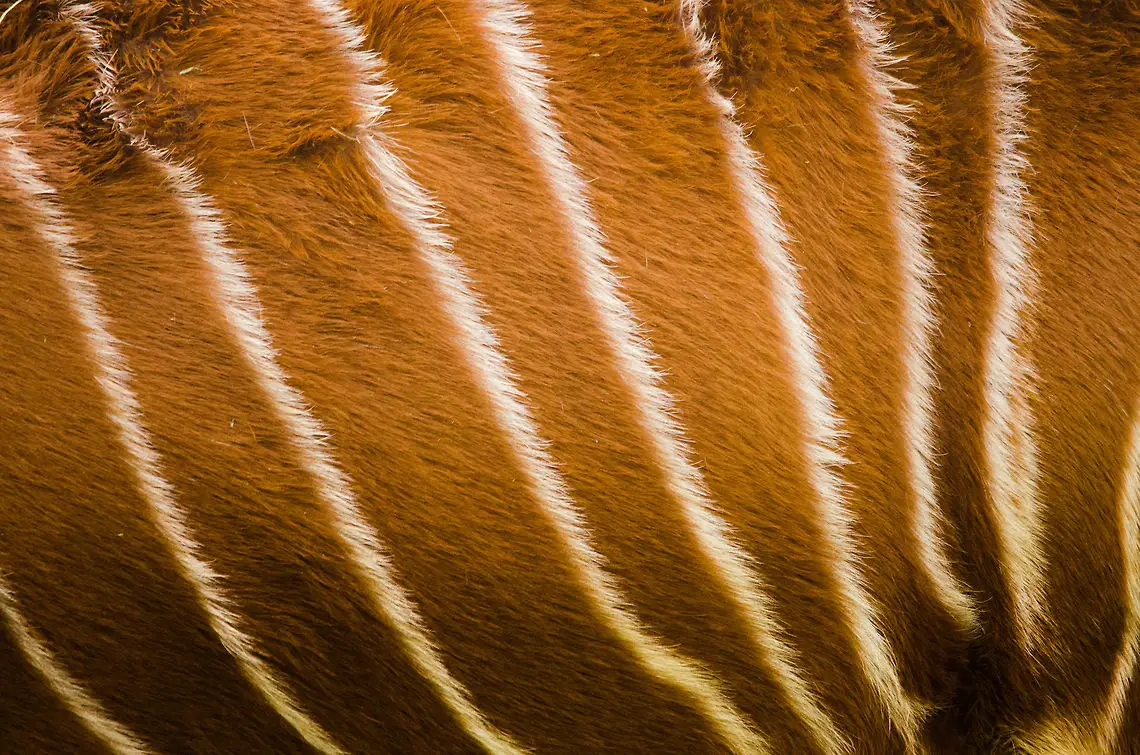What You Need to Know Before Booking your Everest Base Camp Hike
Few adventures can measure up to climbing Mount Everest, quite literally in the sense that it is of course Earth’s tallest mountain. While reaching the peak requires extreme mountaineering skills and can be extremely dangerous, the Everest Base Camp trek is experienced by tens of thousands of travellers every year.
The entire round trip trek takes around 12-14 days depending on the exact route you take. There are actually 2 base camps, one on each side of the mountain. Most travellers take on the south side in Nepal, flying from Kathmandu to Lukla to save time and energy. Some guided tours, however, start off hiking from Kathmandu and make their way to Lukla before joining other trekkers.
Those looking to visit the North Base camp must get a permit from the Chinese government, as well as a permit to travel through Tibet.
Here is a helpful guide on what you need to know for getting ready for a Base Camp trek and what you can expect.


Getting in Shape for Everest
Trekking to Everest Base Camp isn’t a walk in the park by any means, but it isn’t as difficult as you might think. Himalaya trekking areas are very diverse and present new challenges you may not be accustomed to. Those who have climbed other notable peaks such as Africa’s Kilimanjaro will find that Everest Base Camp is both lower in elevation and less demanding in terms of steep sections.
This being said, you should still get in as best of shape as possible before your trip to Everest. You should start working out a few months before your Everest Base Camp hike, focusing on cardio as well as muscle strengthening exercises to increase physical stamina and lung capacity.
The Everest Base Camp hike is definitely not a hike you can easily pull out of a few days in, so being in good physical shape will give you the best chances of completing the journey. Know that you won’t be walking all day every day. You generally only walk in the mornings and have the afternoons to enjoy the scenery and culture.

What to Pack
Unlike climbing Everest’s summit, the Base Camp trek doesn’t require crampons, ropes, or other technical equipment. Before doing any Everest trek, you should still do your research when it comes making sure you pack all the outdoor gear and essentials that are required.
Packing light is vital, as you and your porter will be carrying the load the entire way. There are also legal limits on how much weight you or your porter will be allowed to carry for safety reasons.
Clothing made with dri-fit material is not only lightweight but also great for wicking moisture away from the body. Waterproof hiking books are essential and it is important to break them in far in advance of your trip to avoid blisters during the trek. A waterproof jacket, pants, and cover for your hiking pack are also important due to the fact rain is common during the long trek.
Pack energy bars which may be difficult to find in Kathmandu or expensive if you do manage to find them. Weather changes often, so pack a range of layers including everything from t-shirts to warm sweaters or hoodies. Beanies, gloves, sunglasses, and sunblock should also make their way into your suitcase along with any medications you require.

Weather in the Himalayas
The best times of the year to trek to Base Camp is the autumn months (Sept-November) and spring (March to May). Weather is most pleasant during these periods, with little rainfall and clear skies for uninterrupted views of the Himalayas.
The key is to avoid monsoon season, so before or after are the best times to book. Mornings can be chilly but it can quickly warm up during the day. This is why it is important to pack a wide variety of clothing and dress in layers that can easily be removed as you warm up.
Sun is harsher at higher altitudes, so despite the temperature, be sure to use strong sunscreen protection and UV sunglass to protect your eyes.

Altitude Sickness
Altitude sickness is a risk when you climb most high altitude mountains and Everest Base Camp is no exception. Altitude sickness can affect anyone regardless of their fitness level. There can be up to 50% less oxygen at Base Camp compared to sea level, so the effects on your body can be quite noticeable.
Signs of altitude sickness include headaches, nausea, dizziness, shortness of breath, and increased heart rate. The key to avoid these effects or at least limit them is to take things slowly. Thankfully most Base Camp treks allow for acclimatization days to limit the effects of the high altitude. Eat healthy, drink plenty of fluids, and get a good night sleep each night.
The trek to Base Camp is much more enjoyable the more time you allow yourself to get there. Allow your body time to acclimatize by taking a longer route and arriving in Kathmandu a few days before your trek is due to commence. Make sure to book a tour company that focuses on acclimatization to give you the best chances of reaching Base Camp safely and comfortably.

Feel what it’s like to be a true explorer and make your way through the beautiful Himalayas. Everest Base Camp is not only an enjoyable experience, it is one that most can achieve with just a bit of effort. Although there are challenges to be aware of, this trek is most often a safe and once in a lifetime experience that shouldn’t be missed.




















January 4, 2019
I am a big hiking fan. I and my wife go hiking 2 – 3 times a year. Thank you for this post! Very useful for me!